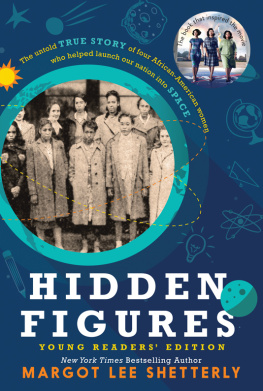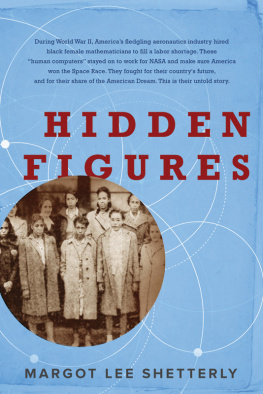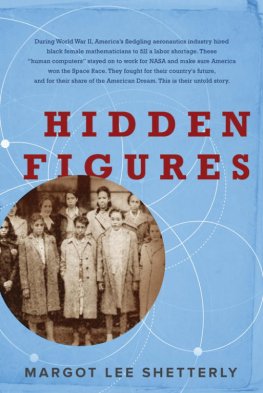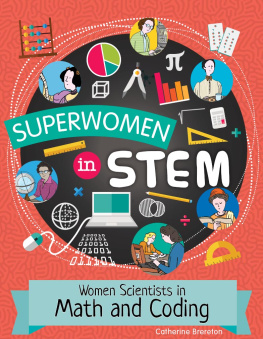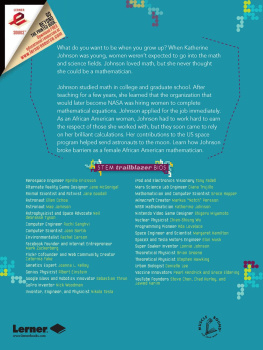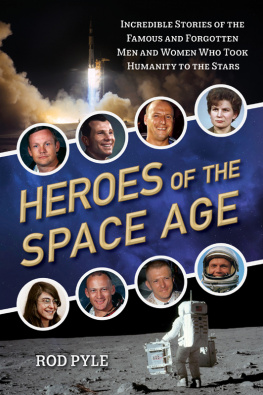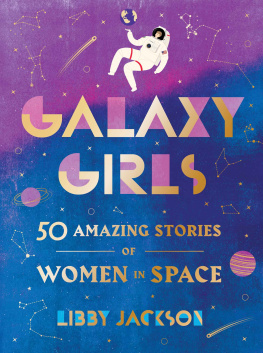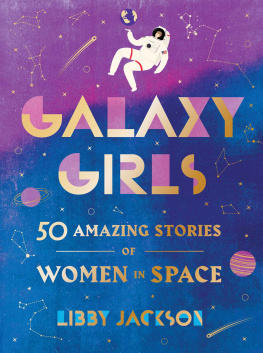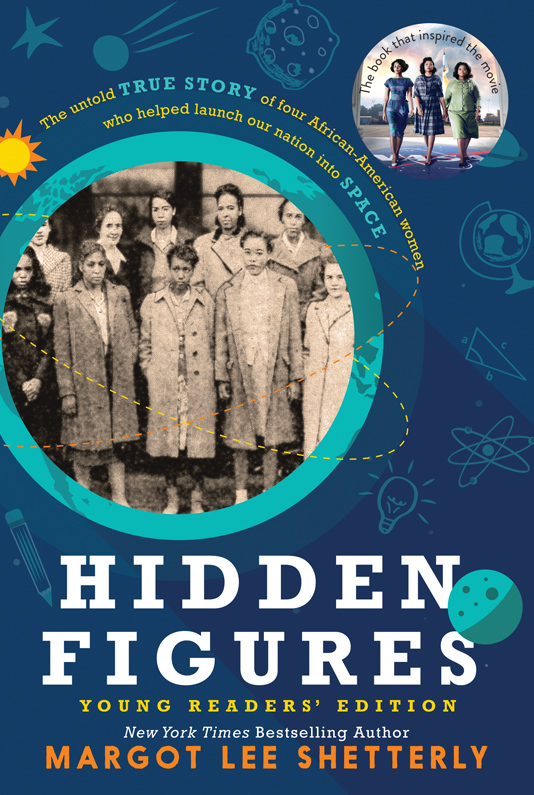Growing up in Hampton, Virginia, I assumed the face of science was brown like mine. My dad worked at the Langley Research Center at NASA, the National Aeronautics and Space Administration. He started there as an engineering intern in 1964 and retired as an internationally respected climate scientist in 2004. Our next-door neighbor taught physics. Our church pews were crowded with mathematicians. I knew so many African Americans working in science, math, and engineering that I thought thats just what black folks did.
My father, who as a high school student had wanted to study electrical engineering, lived a different story. Become a physical education teacher, my grandfather told him. He thought my dad would have trouble finding work as an engineer. In the 1960s, most college-educated African Americans took teaching jobs or worked for the post office. As late as 1970, just 1 percent of all American engineers were black, and my father was one of them.
Because of my fathers job, I was part of the NASA family. I grew up saving my allowance to buy tickets to ride ponies at the annual NASA carnival and sharing my Christmas wish list with the Santa at the NASA holiday party. On Thursday nights, I sat with my family and cheered for the Stars, my dads NBA team (thats the NASA Basketball Association).
My Sunday school teacher worked at NASA as a computer, doing the complex math for the aerospace engineers. She wasnt alone: from the 1940s through the 1970s, hundreds of women, many of whom were black, worked as mathematicians at NASA. It wasnt until I was older that I appreciated just how extraordinary this occupation was for black women in the South during the days of segregation. The first five women were hired at Langley as computers in 1935, and they were white. Ten years later, there were more than four hundred women working as mathematicians, and many of them were black.
The contributions made by these African-American women have never been heralded, but they deserve to be rememberedand not as a side note in someone elses account, but as the center of their own story. These women should be celebrated not just because they are black or because they are women, but because they are an important part of American history.
This is their story.
Dorothy Vaughan, Mary Jackson, Katherine Johnson, and Christine Darden loved math. As children, they showed special skill in arithmetic, and they went on to study mathematics in college. After graduation they worked as teachers before going to work as computers, or mathematicians, for the governments air and space program.
Over the years, hundreds of women worked as mathematicians for the federal agency called the NACAthe National Advisory Committee for Aeronauticswhich researched and promoted the study of flight. But these women were among many who distinguished themselves with their talents and hard work.
Dorothy Vaughan was a pioneer. She joined the NACA in 1943, the first year the agency began hiring African-American women as computers, and she was the first to be promoted into a management position. She was a role model for other women, and she helped to steer the careers of many talented women who were joining the NACA.
Mary Jackson was the first African-American woman to move up the ranks and become an engineer at the NACA. She was a fighter, standing up for herself and for other women who deserved the chance to prove themselves. Her work helped to make supersonic aircraft fly higher and faster.
Katherine Johnson was an African-American woman who became an essential member of the team that put the first American in orbit around Earth. She was a dreamer and an independent thinker who was unafraid to imagine what others considered to be impossible. She helped do the math that was required to send the first men into spaceand to bring them home safely.
Christine Darden was an African-American woman who became one of the worlds leading experts on supersonic flight. She became the face of the next generation of female space scientists. Her groundbreaking research on predicting sonic booms is still used today.
The accomplishments of these four women were remarkable. But their work was even more impressive because it was achieved while living and working in the South during a time when racial discrimination was commonplace, and when most women with an interest in math were expected to become math teachers.
A Different Time
In the 1800s, after the Civil War, the government passed laws that ended slavery and granted full citizenship and voting rights to African Americans. Later, however, many state and local governments passed other laws that legalized racial segregation. These regulations, which were most common in the South, kept black people and white people apart in many situations.
They could not eat in the same restaurants.
They could not drink from the same water fountains.
They could not use the same restrooms.
They could not attend the same schools.
They could not ride in the same parts of buses.
They could not live in the same neighborhoods.
They could not receive care in the same hospitals.
They could not visit the same beaches.
They could not compete on the same sports teams.
They could not sit in the same sections in movie theaters.
They could not marry someone of a different race.
They could not even be buried in the same cemeteries.
Technically, African Americans had the right to vote. However, many local laws made it impossible for them to do so. Some communities levied, or charged, poll taxes, or enforced literacy requirements or imposed other restrictions that made it difficult or impossible for black people to register and vote. And since people who were not registered to vote werent allowed to serve on juries or run for political office, many African Americans were deprived of these civil rights as well.
During the 1930s, the United States experienced the Great Depression, a decade-long period of economic struggle. Jobs became difficult to find and wages decreased dramatically. All Americans suffered, but African Americans faced the most serious challenges in finding work.
For many African Americans, World War II was an opportunity to make a better life for themselves and their families. Black men enlisted in the military in large numbers. Even though they served in separate black infantry regiments, usually overseen by white officers, they believed that their loyalty and patriotism would help blacks to earn rights that white citizens had. Women also enlisted in the army, where they were called WACs (for Womens Army Corps), and they served in all-female units in the navy, too. And for women like Dorothy Vaughan, Mary Jackson, Katherine Johnson, and Christine Darden, World War II opened the door to a career as a professional mathematician. Each of them found their way to the Langley Laboratory, where they met one another, and women like them: smart, brave, confident, and good at math. The war was changing the world, and it would change their lives as well.
The newspaper ad caught the attention of many women. It read: Reduce your household duties! Women who are not afraid to roll up their sleeves and do jobs previously filled by men should call the Langley Memorial Aeronautical Laboratory.
A few years earlier, an ad like this would have been unthinkablemost employers never would have considered a woman for a job that had always been performed by a man. But in the spring of 1943, with World War II in full swing and many men off serving in the military, the country needed all the help it could get. Employers were beginning to hire women to do jobs that had once belonged

